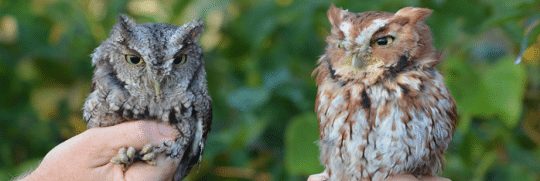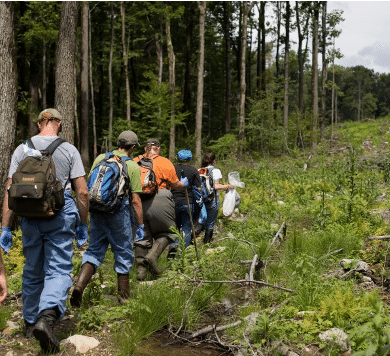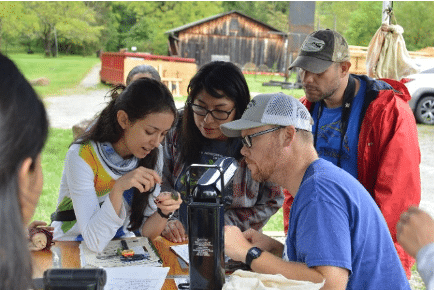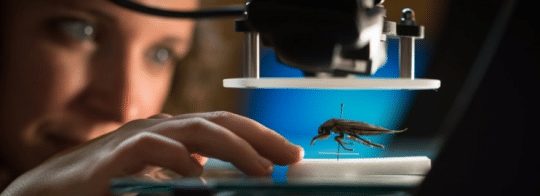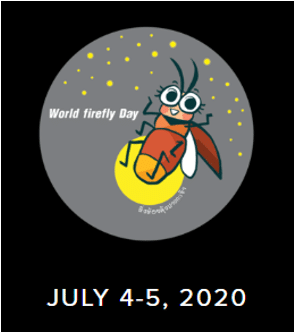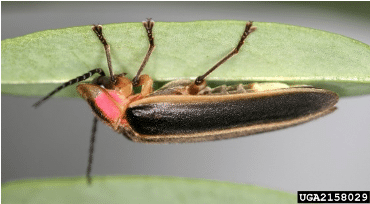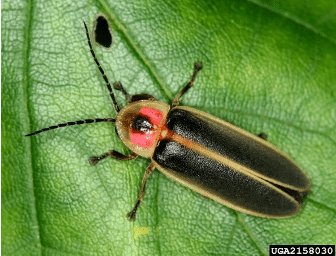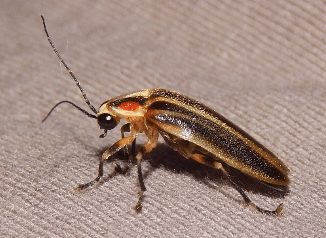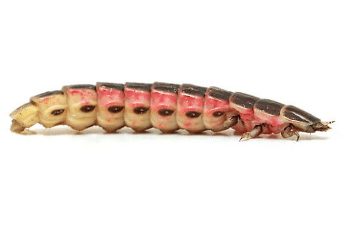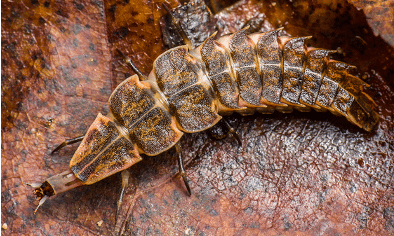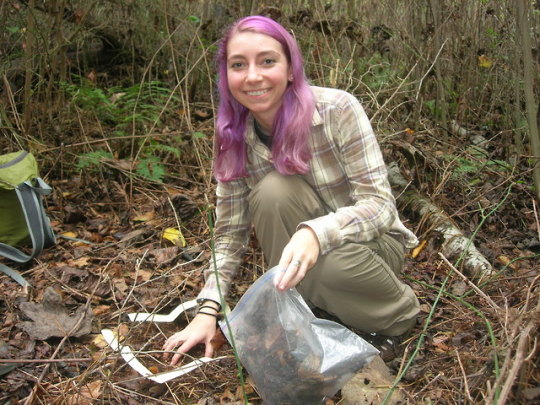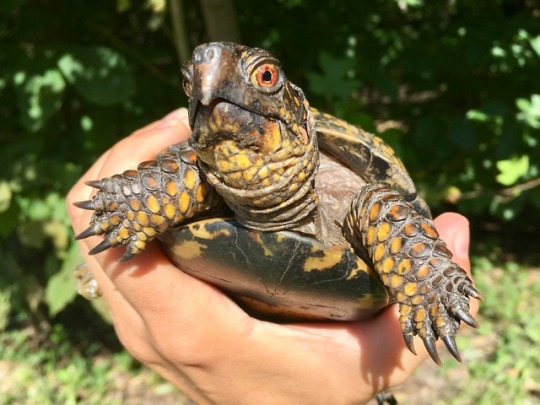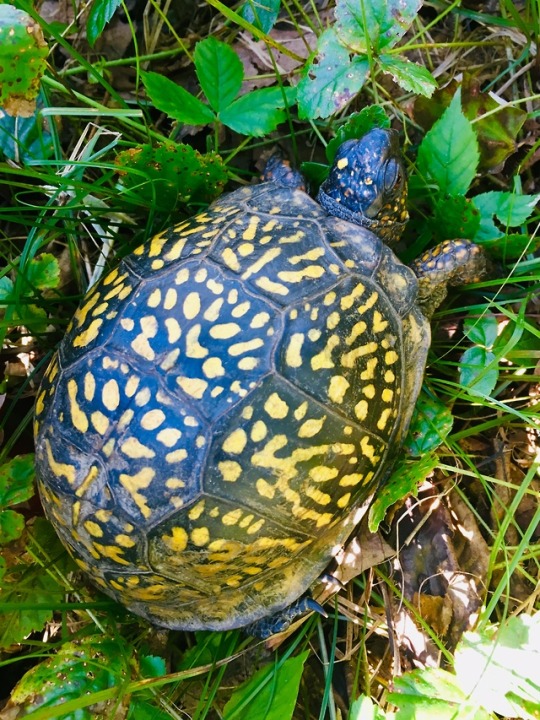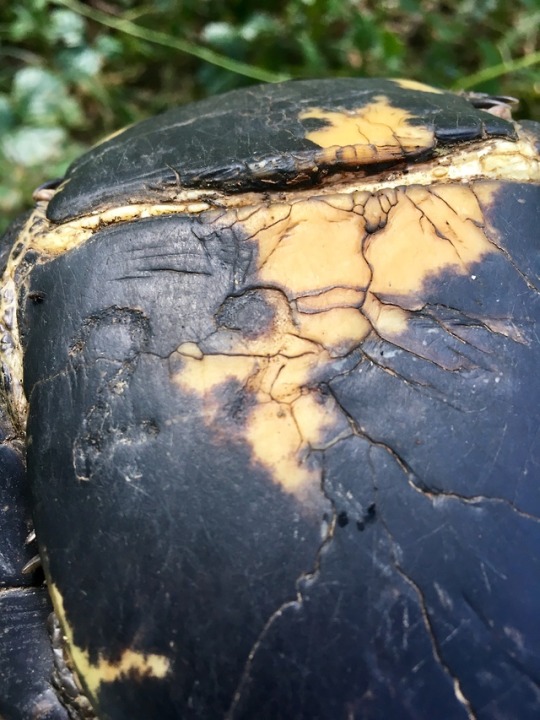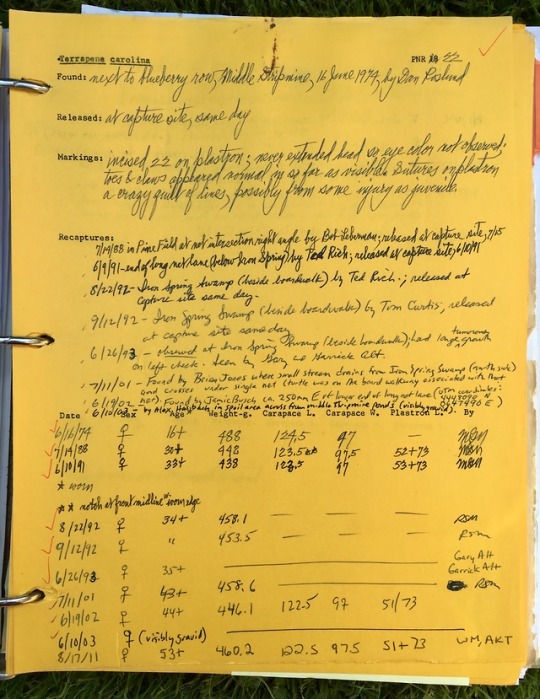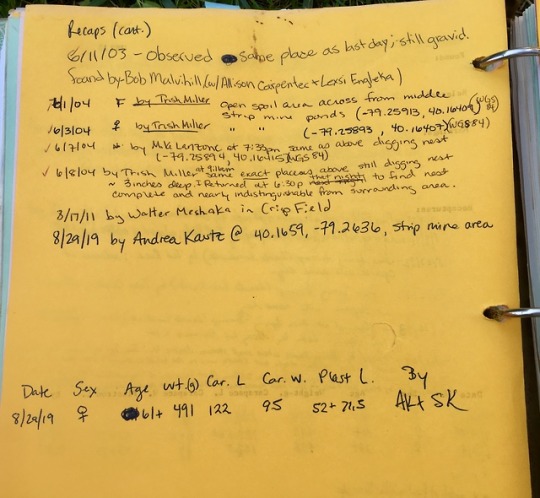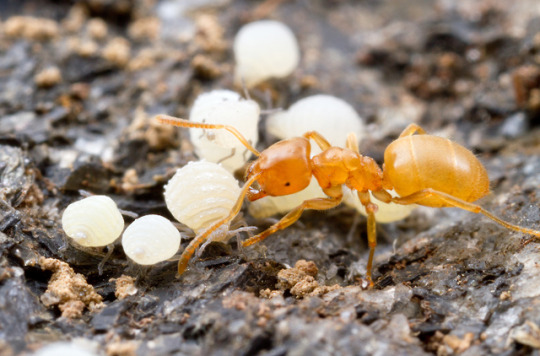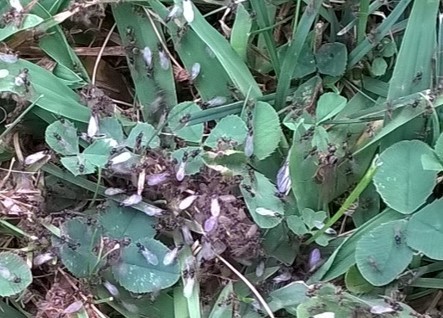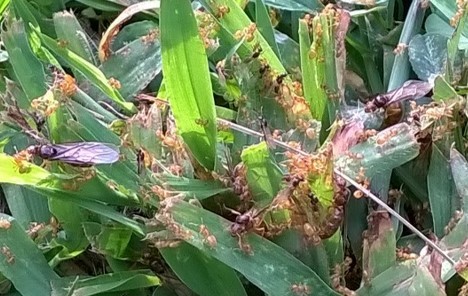This year, spring migration was different. Cold weather early in the season (one night during peak migration saw a low of 23 degrees and was accompanied by snow) seemed to delay the arrival of many species. The paucity of insects resulting from the low temperatures seemed to drive many birds like Baltimore Orioles to find food at feeders, which delighted socially distancing observers. Then, when warm winds from the south brought the bulk of migrants north, there were a few days of really great birding until those birds either settled into local breeding territories or continued to trickle north.
One gauge of “really great birding” is seeing more than 20 species of warblers in one day, and this eye-pleasing event happened at Powdermill more than once this spring!
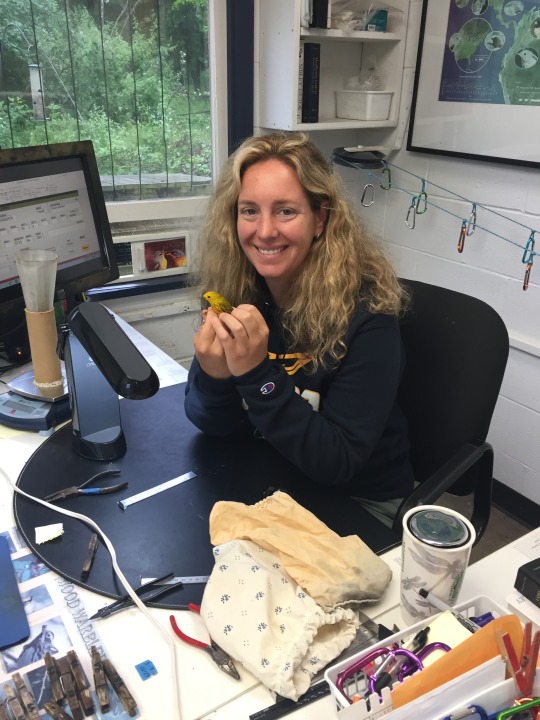
Just as spring migration was a bit different for the birds, it was quite different for those who study birds. Across the continent, field seasons were cancelled and research projects redesigned or postponed due to the Covid-19 pandemic. For the first time in nearly 60 years, Powdermill’s bird banding program was unable to be run as normal. A banding operation of this magnitude requires many staff and volunteers working as a team to safely and efficiently extract, band, and process birds each day. Because bird banders’ priorities place bird safety and well-being along with human health ahead of dataset continuity, the difficult decision was made to cancel the banding season.
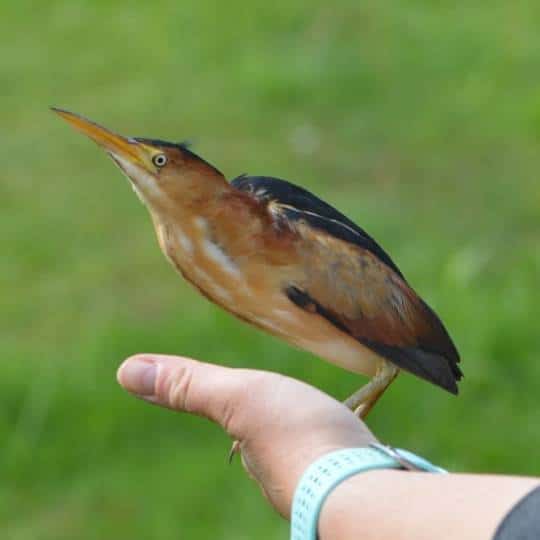
Despite the pandemic, there were many bright spots this spring. Although a lot of research was put on hold, projects that could be run solo or by people in the same germ pool were given approval to proceed. As part of my dissertation work, I conducted a research project that is a collaboration between Powdermill and the University of Toledo to investigate the distance migratory songbirds fly between stopover locations. This project uses a novel method, sampling subcutaneous fat deposits to infer the geographic location of previous stopover areas using the data generated by stable-hydrogen isotope analysis. This first phase of the larger project was a success: I sampled 39 individuals of two species! I had mixed emotions about operating the mist nets at Powdermill alone. It was certainly lonely, but it was also peaceful and rewarding. Because the focus was on banding only a few study species, I released all other birds that I caught at the net. This meant that there were a few extra moments to marvel at the beauty of spring birds in their fresh and brightly colored breeding plumage, and to reflect on the incredible migratory journeys these relatively tiny birds make each year. There were even a few surprises in the nets, including a Prairie Warbler that stayed in the Powdermill banding area for a few weeks, and Powdermill’ s fifth ever capture of a Least Bittern, a secretive marsh bird that many yearn to see! Despite the pandemic and shutdown, spring banding with a crew of one was successful and productive.
Annie Lindsay is the Bird Banding Program Manager at Carnegie Museum of Natural History’s Powdermill Nature Reserve. Museum employees are encouraged to blog about their unique experiences and knowledge gained from working at the museum.
Related Content
Bird Proof Glass Installed at Carnegie Museum of Art and Natural History
Carnegie Museum of Natural History Blog Citation Information
Blog author: Lindsay, AnniePublication date: July 13, 2020
